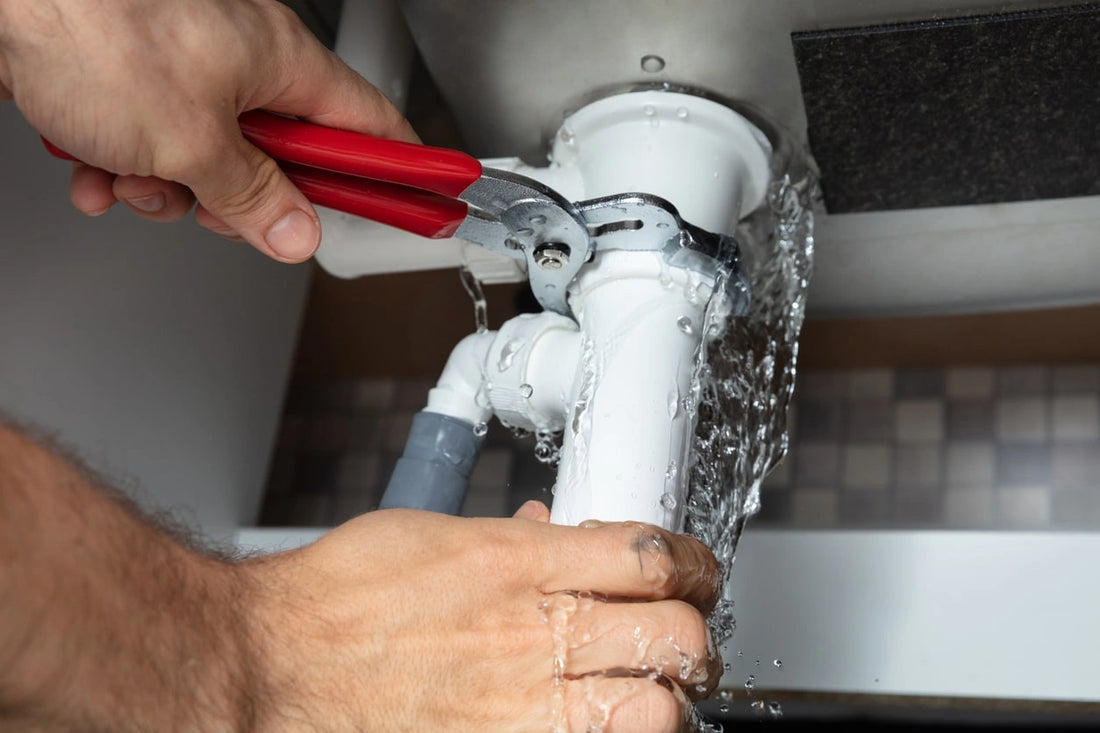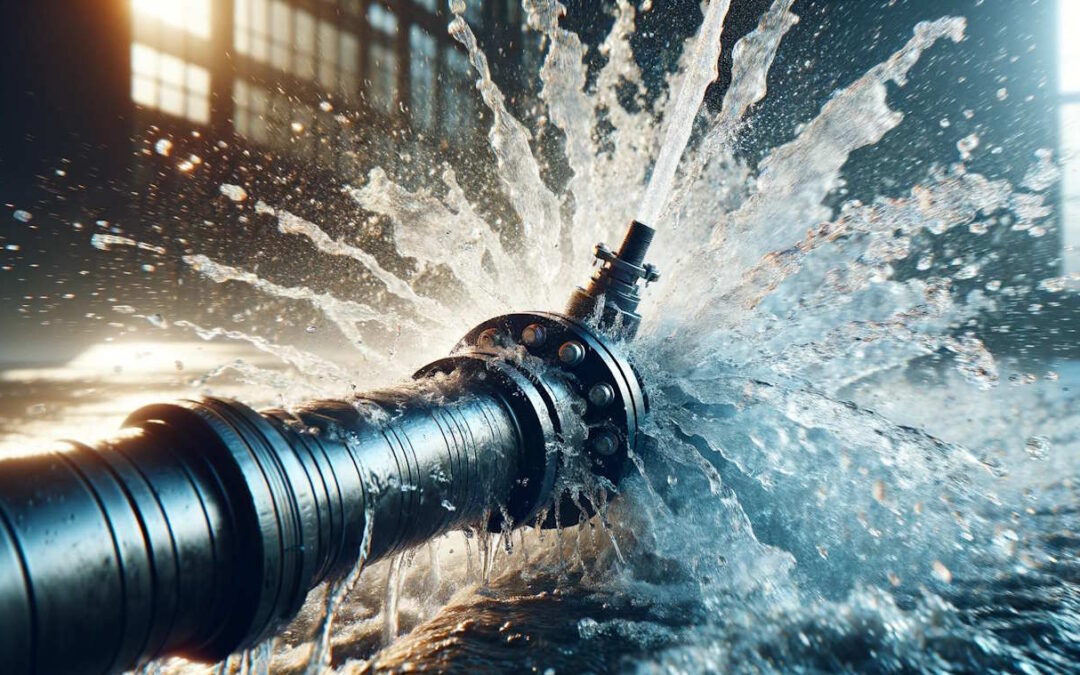
Step-by-Step Guide to Installing a Leak Detector
Share
Water leaks can cause dramatic damage if not caught early. With today's innovative technology, **leak detectors** are an effective solution for homeowners and technology fans who want to mitigate these risks. This thorough guide on how to install a leak detector will put you on the path to preventing leaks while enhancing your home with smart technology.

The Importance of Leak Detectors
Having water leak detectors in place brings numerous benefits. They provide an efficient means of monitoring for leaks, helping to conserve water and cut down on repair costs stemming from water damage. For professionals and tech aficionados alike, installing these devices can be a game-changer.
Why Smart Leak Detectors are Preferred by Professionals
**Smart leak detectors** deliver real-time alerts and accessibility, elevating leak management practices. They seamlessly integrate with existing smart home setups, offering functionalities that cater to tech-savvy users.
Getting Started with Installation
Before getting into the setup, it's vital to gather all the necessary tools and familiarize yourself with the detector. This pre-installation prep guarantees a more streamlined process.
Assembling Your Tools
Make sure you have basic tools handy and the detector manual at your side. Additionally, a reliable internet connection is essential for syncing the device with your home network.
Reviewing Device Specifications
Once you have everything ready, take a moment to go through the specifications provided with your detector. Understanding its features and constraints is crucial. For more detailed information, check out this smart leak detector guide.
Step-by-Step Installation Guide
Now, let's walk through each vital step to successfully install your leak detector:
Choosing the Right Location
The placement of your leak detector is essential. Install it in areas prone to leaks, such as under sinks, near water heaters, or in basements.
Connecting the Device
Most **smart detectors** need Wi-Fi access for optimal performance. Follow the manufacturer's instructions to securely connect the device to your home network.
Running Initial Diagnostics
Once your device is connected, perform initial diagnostics to confirm that everything is functioning correctly. Look for app notifications and alerts to check connectivity.
Troubleshooting Common Problems
Sometimes, you might encounter issues during installation. Connectivity problems or sensor errors are typical but can often be easily fixed.
Resolving Connectivity Issues
Check that your Wi-Fi network is active and that there is a strong signal where you've installed the device. Weak signals can cause connection dropouts. For more guidance, explore this home protection sensor article.
Addressing Sensor Errors
If sensors are misplaced, they may trigger false alarms. Double-check the sensor placements and reset the device as needed.
Maximizing Device Performance
To ensure your detector operates effectively over the long term, regular maintenance is key. Consistent checks and updates can significantly enhance its efficiency.
Maintenance Recommendations
Inspect your sensors regularly and clean away any dust or obstructions. Keeping your software updated can also lead to remarkable improvements in device performance.
Conclusion
Installing a leak detector is a proactive step towards preventing water damage. By following these straightforward instructions, you can ensure your home remains protected, while also integrating technology smartly. To delve deeper into the pros and cons of smart leak detectors, check out this insightful buy water leak detector resource.

FAQ
Can leak detectors connect to my smartphone?
Absolutely! Most modern smart leak detectors are designed to pair with smartphones through dedicated apps, providing real-time alerts and remote management capabilities.
Do smart leak detectors consume a lot of power?
No, they are engineered to be energy-efficient, typically operating on minimal power, which translates to cost savings over time.
How frequently should I test my leak detector?
It's recommended to run tests every few months to ensure that the detector is functioning correctly and is fully operational.
